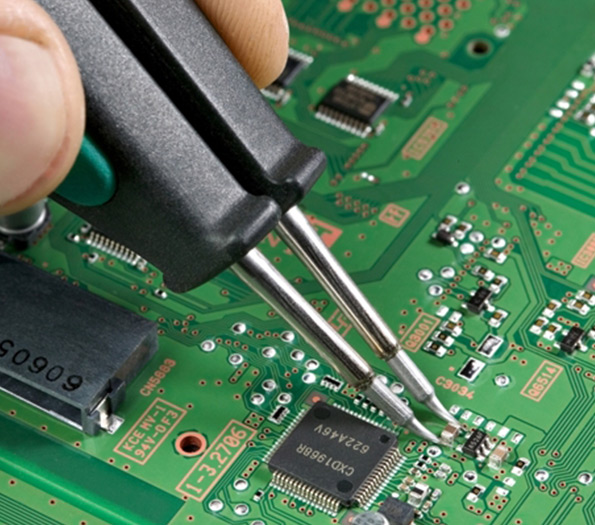

The Evolution of Smart Glass From Clear to Frosted
In recent years, technological advancements have transformed everyday materials, making our environments more versatile and responsive. One of the most noteworthy innovations in this field is the development of smart glass, specifically glass that can switch from clear to frosted at the touch of a button. This transformative technology not only enhances aesthetic appeal but also offers practical benefits for both residential and commercial spaces.
Smart glass technology operates on a principle known as electrochromism. This involves the use of a special film that changes its light-transmitting properties when an electrical current is applied. In its clear state, this glass allows natural light to flood a room, creating bright and inviting spaces. With a simple switch, however, the glass transitions to a frosted finish, obscuring visibility while still permitting light to enter. This dual functionality is particularly valuable in scenarios where privacy is essential, such as conference rooms in offices, bathrooms in homes, or medical facilities.
One of the most significant advantages of this technology is its contribution to energy efficiency. By controlling the amount of light and heat entering a building, smart glass can help regulate indoor climate, potentially lowering heating and cooling costs. During warmer months, the ability to switch to a frosted state can reduce the glare and heat from direct sunlight, promoting a more comfortable environment without sacrificing natural light. This adaptability makes smart glass an eco-friendly option, aligning with the growing trend towards sustainable building practices.

In addition to its functional benefits, the aesthetic appeal of smart glass cannot be overlooked. Architects and interior designers are increasingly incorporating this technology into their projects to create dynamic spaces that can change in appearance and function at will. For example, a clear glass facade can seamlessly transition to frosted glass for privacy during business meetings, making it ideal for modern office spaces that prioritize transparency yet need discretion.
As society becomes more attuned to the importance of privacy and aesthetic flexibility, the demand for smart glass solutions is only expected to grow. Innovations in this field continue to evolve, with potential applications extending beyond simple clear-to-frosted functionality. Future developments may include color-changing properties, enhanced energy efficiency features, and integration with smart home systems for a completely customizable experience.
In conclusion, the advent of glass that switches from clear to frosted signifies a remarkable leap in building and design technology. By enhancing privacy, improving energy efficiency, and offering aesthetic flexibility, smart glass is poised to revolutionize how we interact with our environments, making it a cornerstone of modern architectural design.